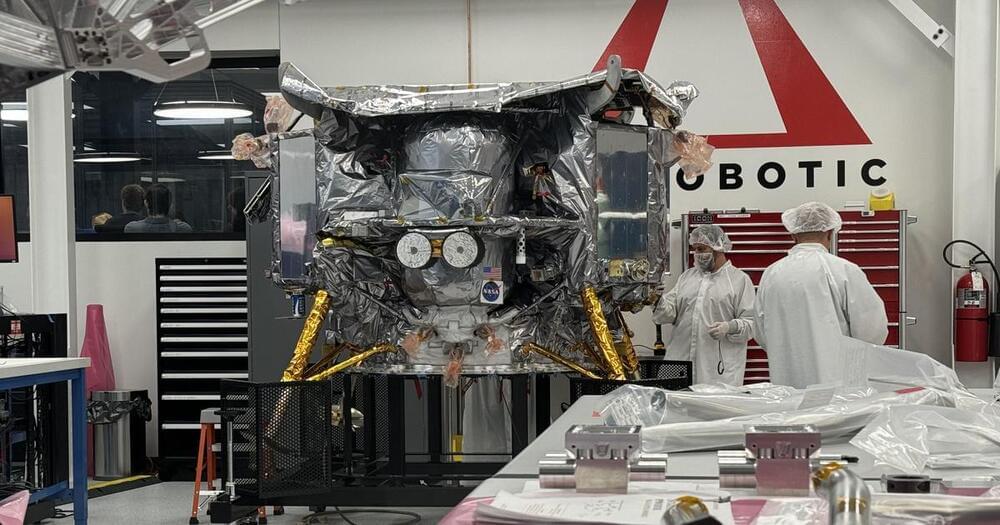How did life begin? How did chemical reactions on the early Earth create complex, self-replicating structures that developed into living things as we know them?
According to one school of thought, before the current era of DNA-based life, there was a kind of molecule called RNA (or ribonucleic acid). RNA – which is still a crucial component of life today – can replicate itself and catalyse other chemical reactions.
But RNA molecules themselves are made from smaller components called ribonucleotides. How would these building blocks have formed on the early Earth, and then combined into RNA?









